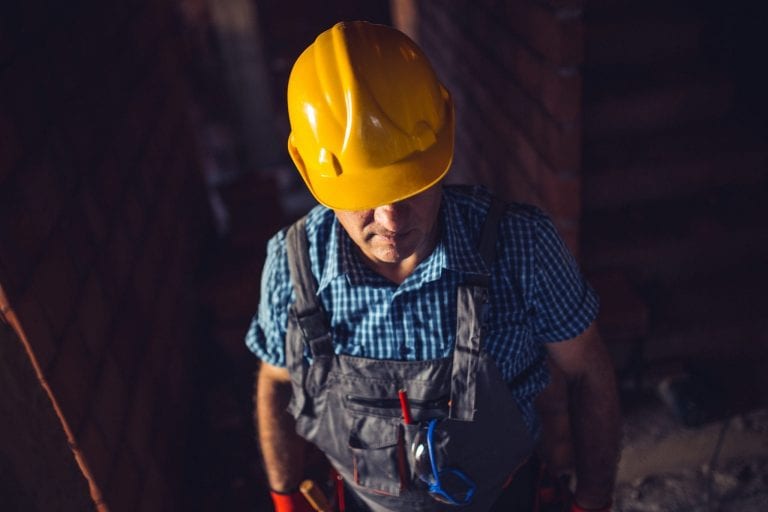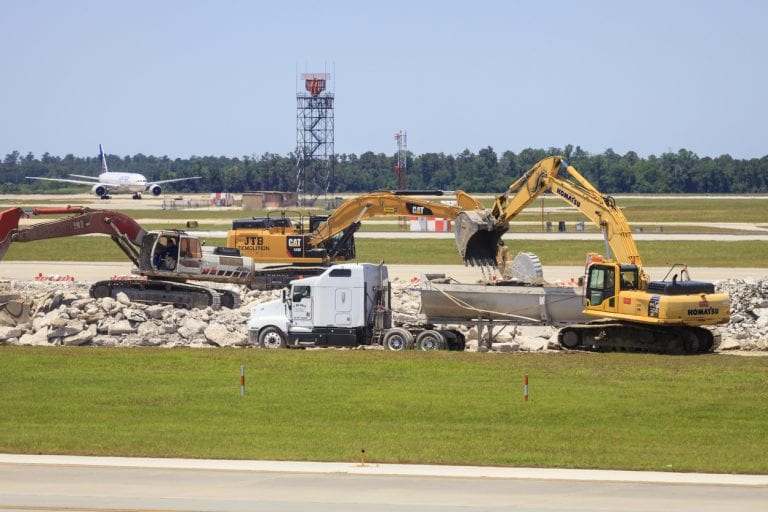
Texas Central News
A group of Texas A&M University and Blinn College students traveled to the House Transportation Committee hearing in Austin recently to express support of the construction of a high-speed rail.
Since early 2015, the Texas Central Railway has been working toward developing the United States’ first high-speed rail which would connect North Texas, the Brazos Valley and Houston. The rail would have the ability to travel up to 200 miles per hour and go from Houston to Dallas in under 90 minutes.
Texas Central has received continued opposition from state representatives, the Texas Southwestern Cattle Association and community members — some of which formed the group Texas Against High-Speed Rail. However, the train also has been supported by some state representatives, community and business groups, who cite benefits of the train, including providing an alternative to the state’s transportation demands and providing billions of dollars in extra tax revenue to counties located along the route.
Those who oppose the rail often cite concerns for property rights, economic, wildlife and county infrastructure, but the group who visited Austin — including four students who gave testimonies in favor of the rail along with Blinn government professor Gil Schorlemmer — said the new form of transportation has many benefits. While the committee held a hearing, it did not vote on any of the bills concerning the high-speed rail.
According to physics student at Blinn College Christian Frias, the rail will not harm the agricultural community.
“High speed rail doesn’t have to mean less for the agricultural sector,” Frias said. “This is evidenced by the testimony of landowners who were met by representatives from Texas Central and were able to come to a mutually beneficial compromise. In fact high speed rail means more for Texas as a whole with a projected $36 billion impact at no cost to tax paying citizens due to the privately funded nature of this project. I repeat no additional cost to taxpayers.”
Urban planning sophomore at A&M Olivia Alvarado said by going through with Texas Central’s plans the area will experience a reduction in traffic which could have long term benefits.
“By giving people the choice of the Texas Central high speed bullet train, it takes away the amount of cars in rural and urban areas,” Alvarado said. “Not only will congestion on roads be reduced but money for road expansions between the two cities can be used to provide better connectivity in other parts of the state. This is makes the taxpayers money go further. Connecting two of the nation’s five fastest growing cities by high speed rail will benefit people at the destinations and along the route.”
According to Texas Central, progress on the train continues, including infrastructure engineering design, development of safety standards, interior design and minimizing environmental impact. Additionally, as part of its land option program — a collaboration with property owners and stakeholders along the potential route of the train — option agreements have been developed in all 10 counties along the train’s route between North Texas and Houston.
Source:
Megan Rodriguez
The Battalion (www.TheBatt.com)







